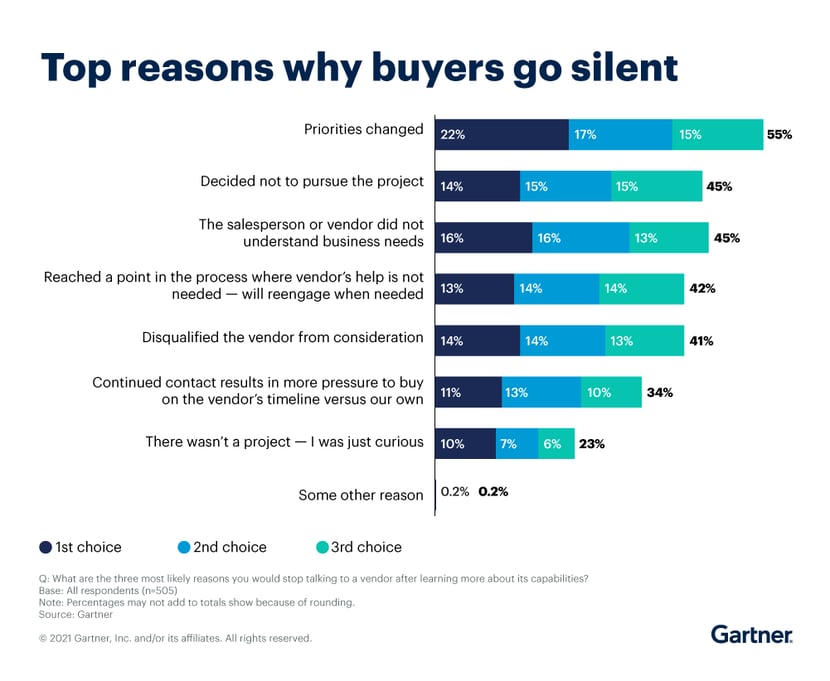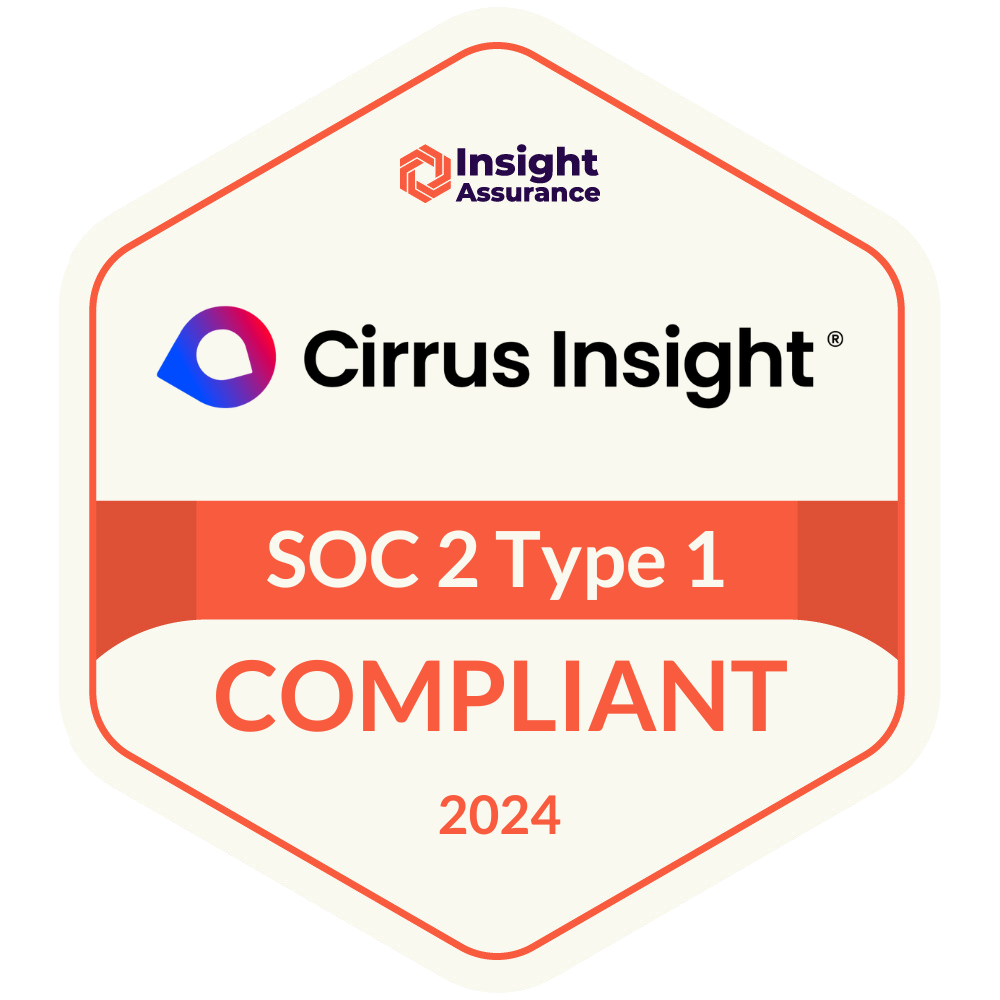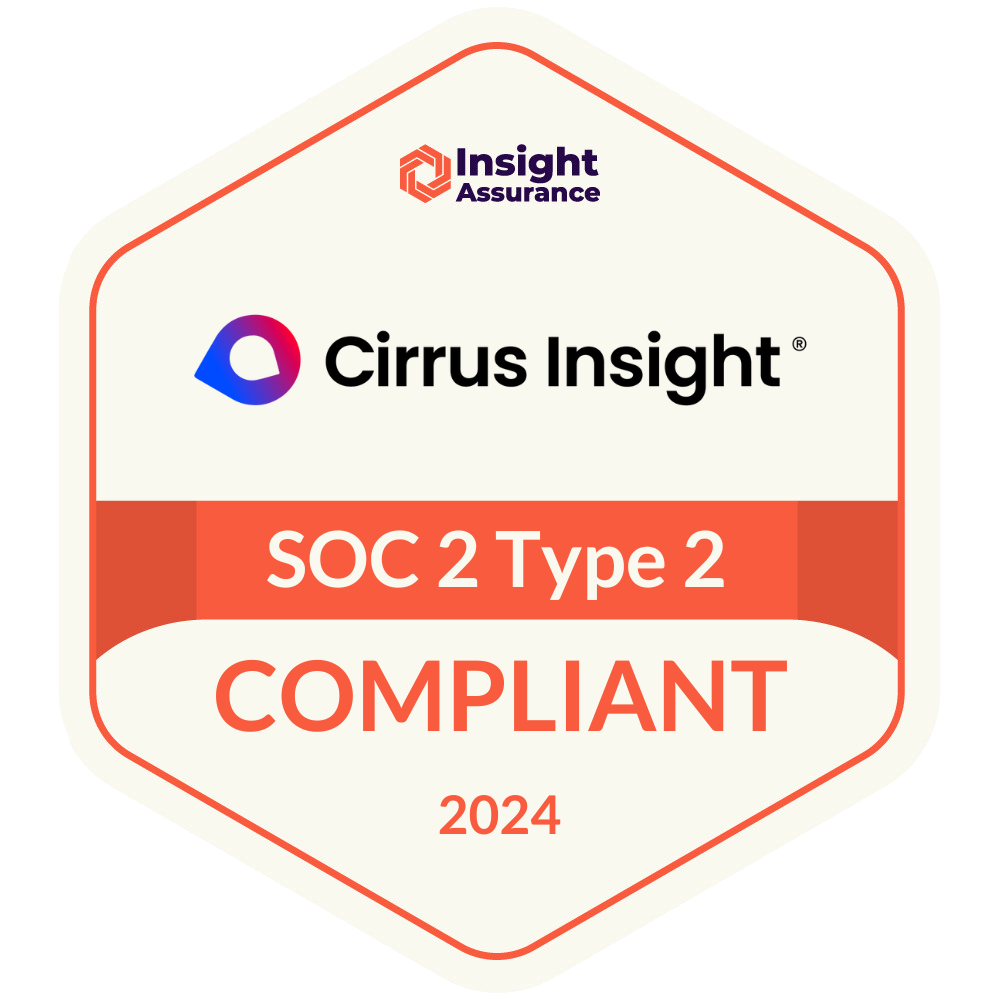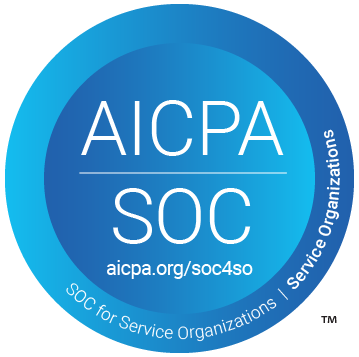- Solutions
-
Products
-
Resources
Sales Automation Tools | Cirrus Insight by Kristi Campbell View all Blog Posts >Get the App, Get the Sidebar, & Get Your Trial Going HereUnleash limitless growth opportunities by partnering with Cirrus Insight.
- Pricing
Filter By:
- All topics
- Sales Productivity
- Sales Intelligence
- Salesforce
- Sales Strategy
- Sales Prospecting
- Book More Meetings
- Best of
- Company News
- Product
- Sales Leadership
- CRM Admininstration
- Sales Metrics
- Supercharge Sales Activity
- Team Scheduling
- Admin
- serious insights
- Prospect Smarter
- Sales Activity Data
- Sales Forecasting
- Scheduling Solutions
- Prospect Faster
- Auto-Sync Everything To Your CRM
- Chrome
- Comparison
- Financial Services
- For Admins
- Getting Started
- IT & Security
- outlook
Subscribe to our Blog for the Latest Insights
Join our blog community to stay informed and receive fresh content and actionable tips directly in your inbox.
5 Proven Ways to Re-Engage Cold Leads

Is your sales team making the most of their leads? It’s easy to let leads go cold when they aren’t ready to convert right away, without ever following up again. Don’t let your sales reps throw away these qualified leads—teach them to re-engage and make a meal out of them.
The Seven-Hour Rule
Is your lead actually warm? The seven-hour rule maintains that leads need seven hours of exposure to go from cold to warm. This doesn’t mean you need to talk to them for seven hours (and you wouldn’t have a sales team if that were the case).
The leads simply need to be exposed to your brand for seven hours—reading blog posts, watching YouTube videos, in a word: enjoying your content. This is why it’s important to have a lot of content online—it’s doing the qualifying for you, it’s getting rid of much of the skepticism that leads bring to the table.
It takes a lot of consistent work to create content that leads actually want, but it’s a lot easier than trying to convert an ice-cold lead.
5 Ways to Re-Engage Your Cold Leads
1. Find Out Why Leads Dropped Off
Talking to your leads has to be your first job. Why? Because other leads have the same problem.
From this starting point, you can begin to craft the rest of your strategy for salvaging the leads you lost—what incentives to provide, what language to use when retargeting, what contact methods to try out, and more.
According to Gartner, the top two reasons why leads drop off are project cancellation and changing priorities.
In many cases, you can’t help this, although you should see if you can somehow meet their new priorities. The third reason, however, is all on your reps: the salesperson didn’t understand the needs of your leads. This usually happens due to a lack of listening. Maybe your offer is actually misaligned too, but leaving leads with the feeling you didn’t listen is a fundamental flaw that needs to be worked out by your team.

2. Work Within The Lead’s Timeline
When you don’t work within a lead’s timeline, you’re going to make that person feel pressured. Even if they really like your offer, they’ll often back out simply because they didn’t enjoy interacting with you.
Always ask your leads, “What’s your timeline?” If they are just curious, they won’t have a firm deadline, and if they are under the gun, they’ll likely be pressed for time and will have a specific date on which they will absolutely need your product or service delivered.
Focus on Awareness Stage of Buyer Journey: You always need to know where your buyer is at in the sales funnel, but pay particular attention to the awareness stage. This is the most vulnerable time for your leads, when they are most likely to drop off (they have lots of options and someone else was probably more convincing).
3. Implement Retargeting
When you retarget leads, either with ads or calls, keep in mind that multiple touchpoints work best, with a set number and a story that builds on each prior touch, ultimately reaching a conclusion. There also is an endpoint where you need to stop reaching out; if you exceed it, you’ll look pushy and waste your time.
Your touch schedule is unique to your leads, so it’s best to experiment; however, there are basic principles and structures you can use as starting points.
- Simultaneous Touches: Launching a touch net of simultaneous touches across multiple channels often proves very effective. If you don’t capture attention in one place, you capture it in another.
- Develop Themes: Outreach works based on themes, such as focusing on competitors, relevant content, or the occupational role of the lead. Within each theme, you need to demonstrate value through insight.
- Templates: Work off templates for outreach, but customize a set portion of each.
- Increase Gap With Each Touch: As touches progress, put more time in between each to give prospects a breather.
- Offer Incentives: Sometimes it just takes a little sweetening of the offer to tip a lead over the edge into conversion. A percentage of your gone-cold leads still need a solution to the problem your product or service offers, but won’t pay renewed attention without a small discount, freebie or add-on.

4. Use Multiple Channels
Every lead is different, which means you don’t really know which channel is preferred at first. However, with re-engagement, you should know which channels work for which leads so that you can simply target the right leads using the right channels: emails, cold calls, LinkedIn, direct mail, video, whatever works for your leads.
If you truly want to reignite a lead, you need to focus on re-establishing a personal connection.
- The Importance of Phone Calls: Phone calls get a bad rap these days for being invasive, but they are still powerful in their ability to connect right to the lead. If you pitch them quickly and effectively, and with proper timing, you’ll get your best shot at a personal connection.
- Use a Different Contact Method: If you’ve relied on the same marketing channels, try out a new one and see if that gets re-engagement results. Even with the same marketing collateral, you could convert.
- Try Facebook: If you have your lead’s email address, you can retarget them with ads through Facebook. They’re already familiar with your offer, so they’re partially converted.
5. Use What’s New to Create Content
You might be struggling to think of what to talk about with your cold leads. This is natural. They rejected you, or ignored you, so do they really want to be engaged? You don’t know until you try, but fortunately, you have a great starting place: what has happened for them (maybe their needs become more urgent), as well as your offer, since the two of you last interacted.
- New features, discounts, or processes: You should always be improving your product or service, so use those improvements to tip a lead over the edge into conversion. Perhaps when you first contacted them they needed a particular feature or didn’t see enough value (and perhaps their response was part of the feedback you used to implement improvements).
- Check-in on their social activity: It’s easy to sign into LinkedIn or Facebook and check out a lead’s page for activity. Take that recent comment or post and use it as a jumping-off point.
Conclusion
Cold leads aren’t exactly cold—you have at least a sliver of a relationship with them, so you can’t brush them off or just send a quick email. You can’t be impersonal, either, because you already talked to them. You need to reach out succinctly, yet personally, with information of some value, in order to ignite a potential “aha” moment and remind that person why they were considering working with you in the first place.





